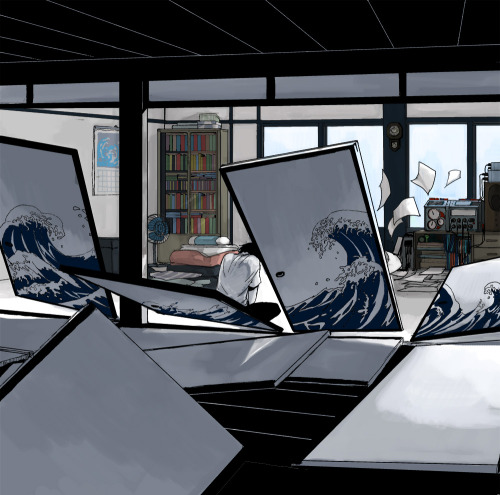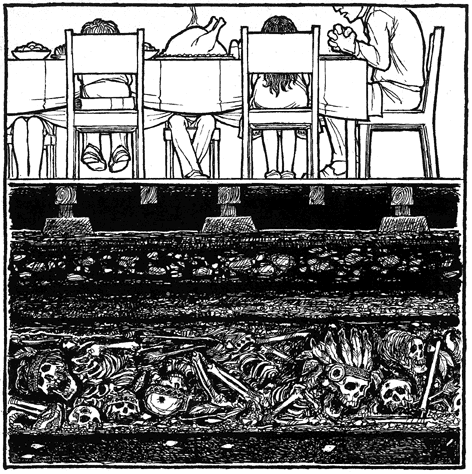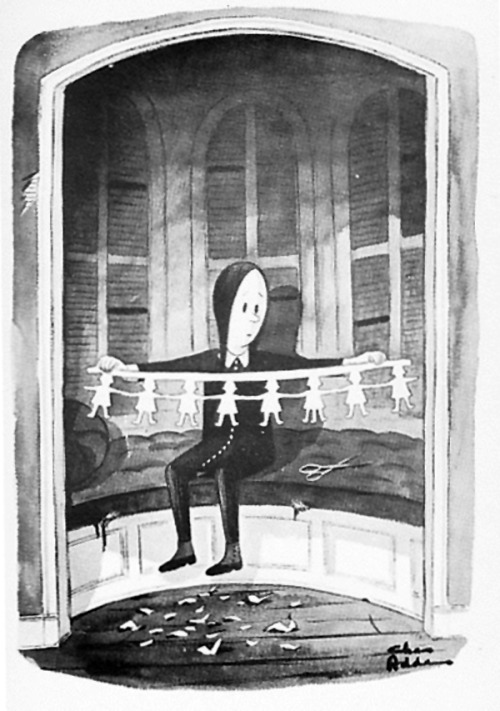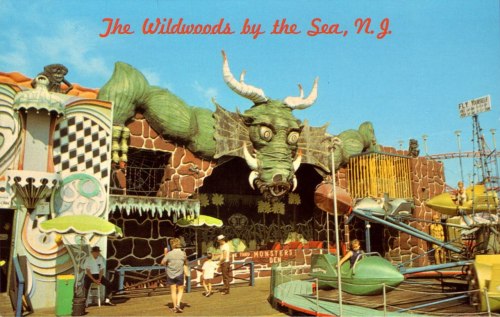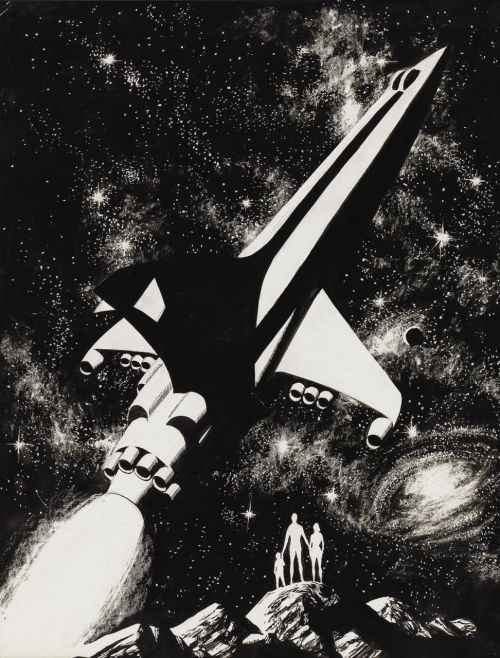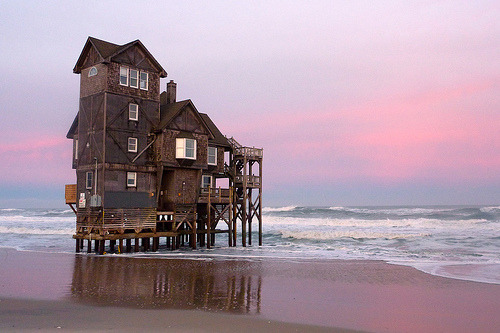Friday, July 29, 2011
Wednesday, July 27, 2011
Monday, July 25, 2011
Dark Roasted Weirdsville
Check it out: a brand new Dark Roasted Blend piece I did just went up: Exploring the Ruins of Gary, Indiana
"Professor" Harold Hill, the charming yet totally dubious traveling salesman in The Music Man, waxes poetic about this town. But the song he sings is laced with sarcasm: each note nothing but a needle-prick of scorn.
But Gary, Indiana, used to be more than just the subject of a con man's contempt. For a long time, it was a city bright with prospect, bustling with commerce, bubbling with the laughter of prosperity. Sure, even at its heights, the town was never as sleepless as New York, flavorful as San Francisco, or sultry as New Orleans. But Gary was still a place apparently built on a sturdy foundation, reinforced by the seemingly never-ending need for steel. Boring? Yes. So "Professor" Harold Hill put his tongue in his cheek and sang a song of the wonders of the place.
But Gary, back then, was still a good place, a productive place. Founded in 1906, it was a gleaming city built of, and because of, steel. Quite literally, in fact; while other cities may have been at the intersections of trails or roads, rivers and rivers, or where sea met land, Gary was built by and for U.S. Steel and even christened for that corporation's founder.

For decades, Gary was as tough and resilient as the metals it produced. It survived the Great Depression, it fought off the war years, and it forged and pressed through the 1950s. But during the 1960s, its gleaming life's blood—steel—proved to be its undoing when the industry began to wane, then almost totally collapse, due to cheaper manufacturing overseas.
Now, though, Gary, Indiana has become a visual accompaniment of Hill's song. What he sang in playful mocking has now become a sad ballad of municipal failure, a once-proud and productive American city abandoned to cracks and collapse, ruin and rust, and decay and destruction. Gary, Indiana, has become its own urban tombstone, with each house, building, and factory an epitaph practically bearing the inscription WHAT USED TO BE.
But even in collapse, ruin, and decay, there is still something oddly special, weirdly beautiful, poignantly lovely about the city of Gary, Indiana.
David Tribby, a truly remarkable artist whose medium is light and film, has pointed his skilled lenses at this city and has captured not just what this formerly great American city has become in its failure and decomposition but also the ghostly after-images of what it used to be. The images show the sadness of its fall from being full of bustling life to whispering ruins.
Here, in these astonishing images, Tribby makes us hold our breaths in reverent silence. The golden light still streaming through the windows of a church where songs used to be sung.
The windows, some broken, others intact, that used to look out on a lively coming-and-going city, that have become nothing but mirrors reflecting on what used to be.

Yet, while Tribby's photographs may seem like a tour through the depressing landscape of a world falling apart, crumbling away, fading into nothing, there is still something magical about the city he captures. The American metropolis of Gary, Indiana, is all but gone now, but in its destruction, there is also a strange kind of beauty, a haunting elegance to its failure, that Tribby has exposed through his talented eye.
Within these images, the song from The Music Man perhaps echoing in the background, is a kind of shuddering reminder of our own urban mortality. Gary, after all, is not far away, not foreign, not exotic: it is our own next-door neighbor, and our own possible future. The dark beauty of Tribby's work says to all of us that while the ruins are in their own way astonishing, they are also evidence of what could happen anywhere, even, as Hill sings, in our own home town: the "one place that can light my face."
Yes, Hill sings his song of Gary with clear sarcasm and bile, but when he sang that it was the town that "knew me when," he could very well be seeing the city as it is now: the Gary, Indiana, that Tribby has frozen in place.
But Gary, Indiana, used to be more than just the subject of a con man's contempt. For a long time, it was a city bright with prospect, bustling with commerce, bubbling with the laughter of prosperity. Sure, even at its heights, the town was never as sleepless as New York, flavorful as San Francisco, or sultry as New Orleans. But Gary was still a place apparently built on a sturdy foundation, reinforced by the seemingly never-ending need for steel. Boring? Yes. So "Professor" Harold Hill put his tongue in his cheek and sang a song of the wonders of the place.
But Gary, back then, was still a good place, a productive place. Founded in 1906, it was a gleaming city built of, and because of, steel. Quite literally, in fact; while other cities may have been at the intersections of trails or roads, rivers and rivers, or where sea met land, Gary was built by and for U.S. Steel and even christened for that corporation's founder.

For decades, Gary was as tough and resilient as the metals it produced. It survived the Great Depression, it fought off the war years, and it forged and pressed through the 1950s. But during the 1960s, its gleaming life's blood—steel—proved to be its undoing when the industry began to wane, then almost totally collapse, due to cheaper manufacturing overseas.
Now, though, Gary, Indiana has become a visual accompaniment of Hill's song. What he sang in playful mocking has now become a sad ballad of municipal failure, a once-proud and productive American city abandoned to cracks and collapse, ruin and rust, and decay and destruction. Gary, Indiana, has become its own urban tombstone, with each house, building, and factory an epitaph practically bearing the inscription WHAT USED TO BE.
But even in collapse, ruin, and decay, there is still something oddly special, weirdly beautiful, poignantly lovely about the city of Gary, Indiana.
David Tribby, a truly remarkable artist whose medium is light and film, has pointed his skilled lenses at this city and has captured not just what this formerly great American city has become in its failure and decomposition but also the ghostly after-images of what it used to be. The images show the sadness of its fall from being full of bustling life to whispering ruins.
Here, in these astonishing images, Tribby makes us hold our breaths in reverent silence. The golden light still streaming through the windows of a church where songs used to be sung.
The windows, some broken, others intact, that used to look out on a lively coming-and-going city, that have become nothing but mirrors reflecting on what used to be.

Yet, while Tribby's photographs may seem like a tour through the depressing landscape of a world falling apart, crumbling away, fading into nothing, there is still something magical about the city he captures. The American metropolis of Gary, Indiana, is all but gone now, but in its destruction, there is also a strange kind of beauty, a haunting elegance to its failure, that Tribby has exposed through his talented eye.
Within these images, the song from The Music Man perhaps echoing in the background, is a kind of shuddering reminder of our own urban mortality. Gary, after all, is not far away, not foreign, not exotic: it is our own next-door neighbor, and our own possible future. The dark beauty of Tribby's work says to all of us that while the ruins are in their own way astonishing, they are also evidence of what could happen anywhere, even, as Hill sings, in our own home town: the "one place that can light my face."
Yes, Hill sings his song of Gary with clear sarcasm and bile, but when he sang that it was the town that "knew me when," he could very well be seeing the city as it is now: the Gary, Indiana, that Tribby has frozen in place.
Wednesday, July 20, 2011
Tuesday, July 19, 2011
Monday, July 18, 2011
Wednesday, July 13, 2011
Tuesday, July 12, 2011
"When we remember -"
Monday, July 11, 2011
Friday, July 8, 2011
Thursday, July 7, 2011
Wednesday, July 6, 2011
Subscribe to:
Comments (Atom)



